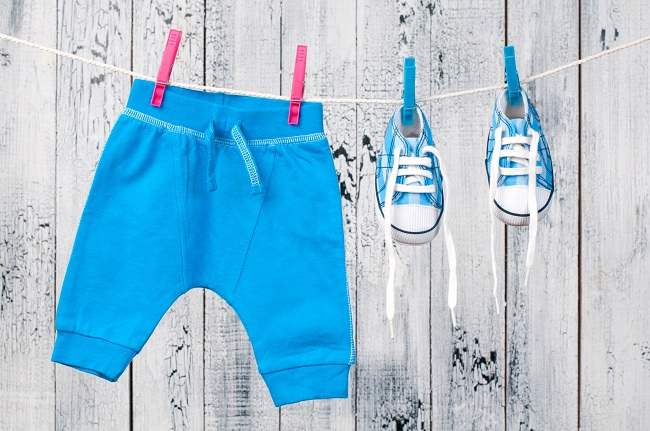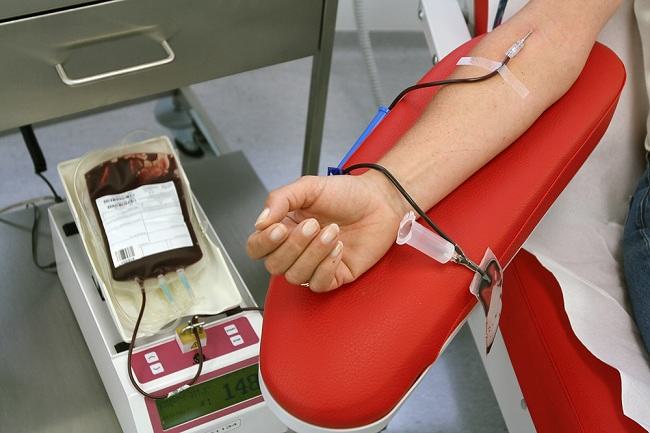There are several things that you should pay attention to in training your child to walk, from how to guide him to providing a safe place for his baby to practice walking. For more details, come on, see the explanation here!
Training a child to walk is an important stage in a child's growth and development. The moment when the child can walk can be said to be the most impressive stepping stone, because at that time the child has started to move much more actively than before when he was still rolling and crawling.

However, it is important for mothers to always pay attention to the safety of their children while practicing walking. This is because walking is a process that involves many muscles and requires balance, so there is a risk of causing injury to the child.
Tips for Training Children to Walk Safely
Generally, children begin to be able to stand by holding on to something at the age of 7-12 months. When your little one has started to be able to do this, you can apply some tips to train your child to walk as follows:
1. Guide the child to walk
To train your little one to walk, first you can help him by standing or kneeling in front of him. Extend your arms, then hold both hands. Direct the little one to slowly walk towards the mother. Don't forget to also give praise every time your little one manages to step on his feet, OK, Bun.
After practicing walking, your little one may need your help to sit back down. Mothers can help support the little one's body while he is bending his knees, so he can sit back down without falling over.
2. Encourage children to be active
If your little one is actively moving, his muscle strength will be honed, so his walking ability is also getting better. Mother can help him by placing the baby's toys a little further out of reach.
For example, put the toys on the sofa a bit away from him. In this way, your little one will be encouraged to walk towards the toy, so he will hold on to the sofa to stand up and walk towards the toy.
3. Let the child walk barefoot
Your little one doesn't need to wear shoes until he is good enough to walk outside. Therefore, as much as possible, let your little one play barefoot. This can help improve balance and coordination of the body.
In addition, shoes and socks that are too tight can also make the child's legs not straight and not grow properly. Even if you want to buy him shoes, buy shoes that fit the size of your little one's feet and are not too narrow.
4. Avoid using baby walker
You don't need to use baby walker, let the child walk with his own abilities and efforts. Even though it looks safe baby walker actually not good and can endanger the safety of the Little One.
baby walker can increase the risk of a child tripping, falling, or even getting into dangerous places that would otherwise be difficult to reach.
On the other hand, baby walker does not actually train children to walk and can actually delay the development of walking, because this tool makes children lazy to move their leg muscles.
5. Provide supportive toys
Instead of giving the little one baby walkers, Mother better give him a toy that supports him to walk. For example, a toy truck or a toy car that he can hold and push. But remember, the toys given must be strong, not slippery, and balanced, so that the child does not fall easily when pushing or playing.
6. Make sure the room conditions are safe
When your little one starts to move actively, make sure the house is safe for him to practice walking. This is important to do to avoid injury, such as tripping or hitting a table.
There are several ways that you can apply at home so that your child can learn to walk safely, namely:
- Install barriers at the top and bottom of the stairs, or always guide your little one every time he wants to go up and down the stairs himself.
- Keep furniture, such as low tables or chairs, away from the windows of the house so that your little one cannot climb into the window.
- Keep dangerous objects out of your little one's reach, such as sharp objects, medicines, or glassware.
- Put a protector on every sharp corner of the object, such as a low table corner, to prevent the child from bumping into the sharp corners.
Apply these tips for training children to walk above so that your little one can learn to walk safely. Keep in mind that Mother's guidance and presence by your little one's side when he starts learning to walk will make him feel calmer and grow his confidence. That way, it will run faster.
In addition, Mother must also be patient in training the Little One, yes. There is no need to worry if the ability to walk is slower than other children. This is a normal thing, how come.
However, if you really feel that there is something abnormal in the pace of your little one's development, or he has not been able to walk even though he has entered the age of 18 months, you should consult a doctor.









